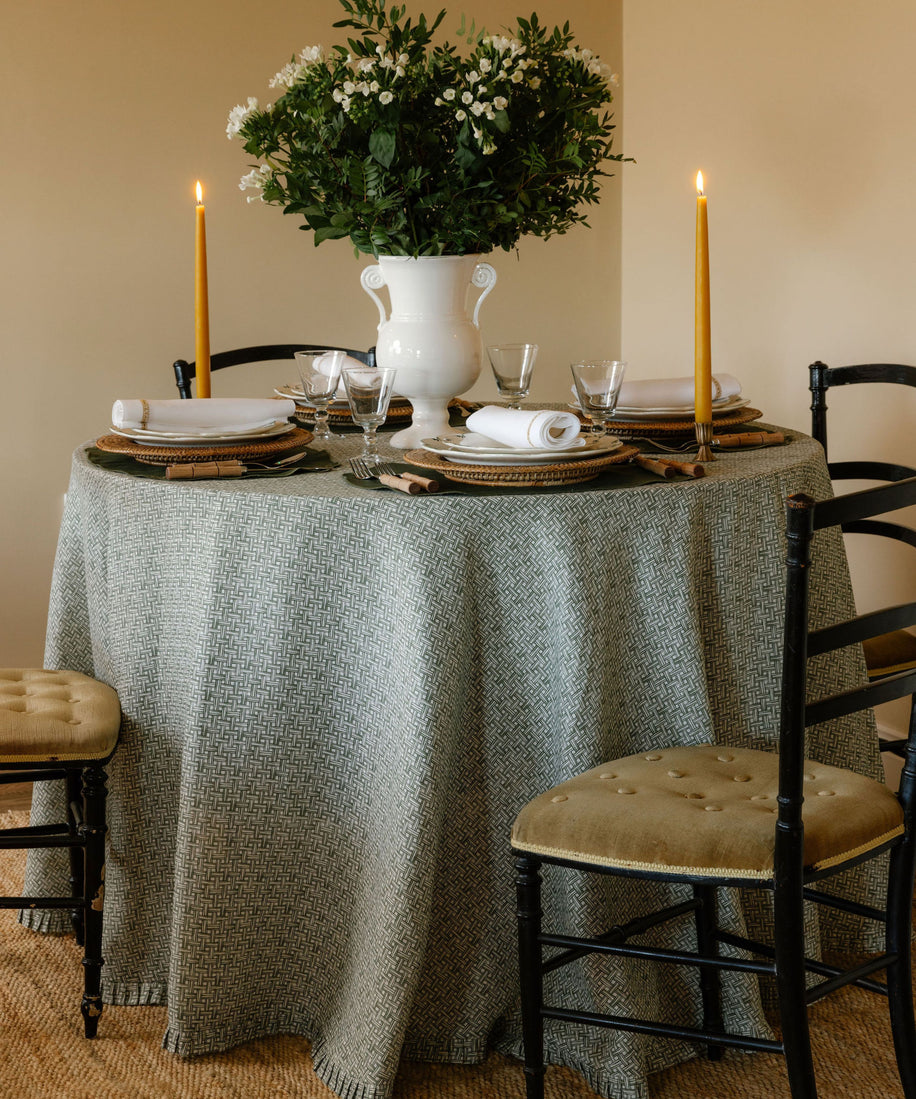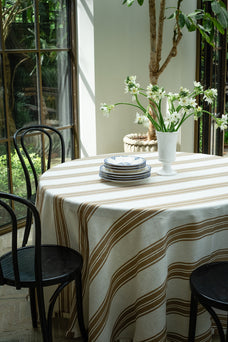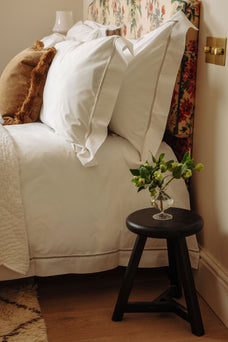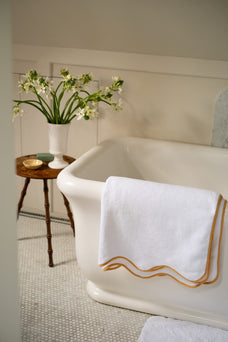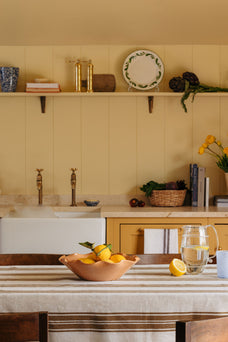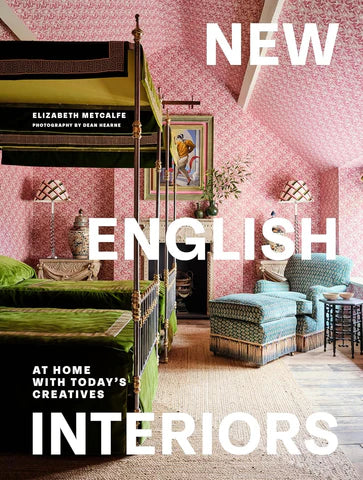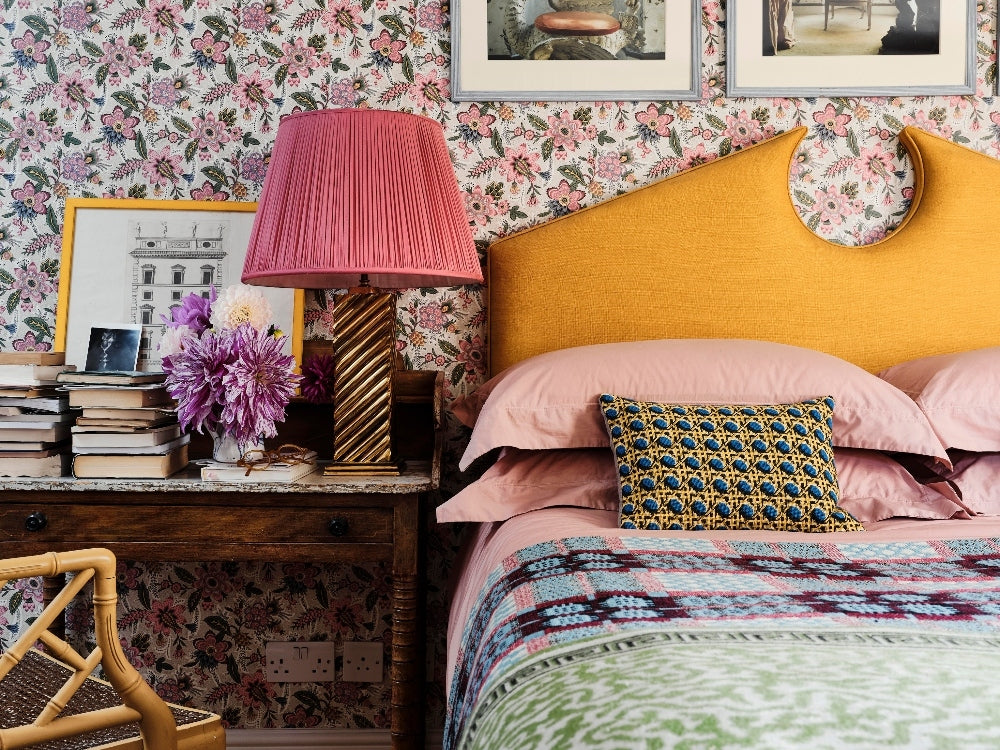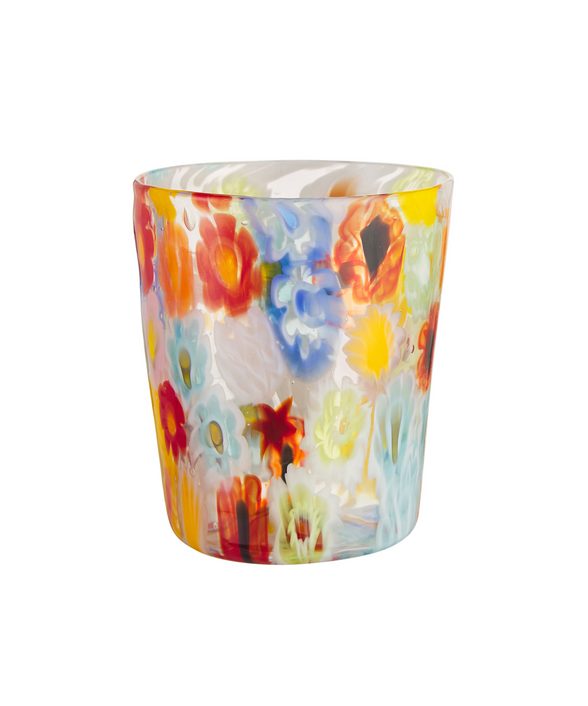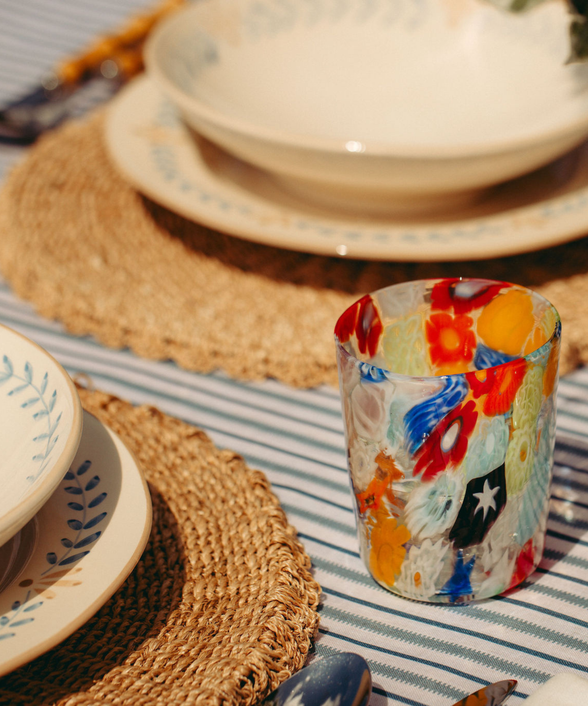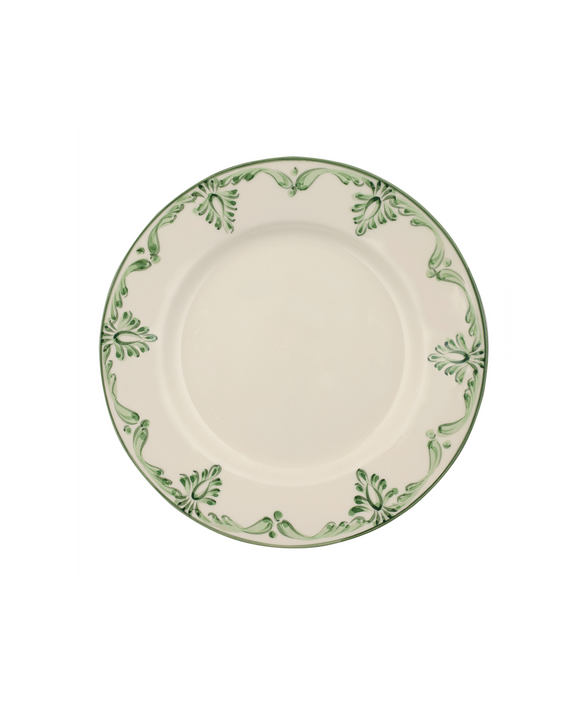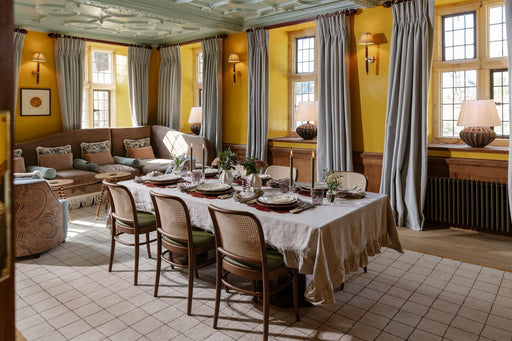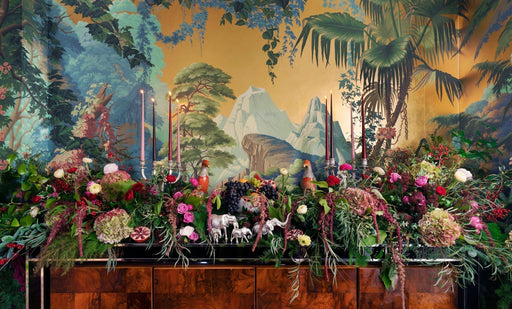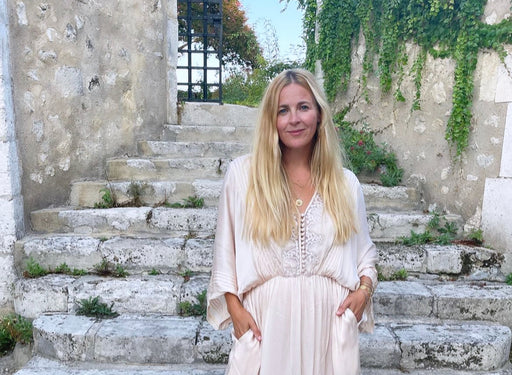New English Homes is a celebration of the ever-evolving English interior style, taking a look into the homes of 22 of England’s most inspiring creative people – from artists and illustrators to designers and creative consultants. The book is filled with inspiration for adding colour and pattern to your home, highlighting interiors that showcase their owner’s personalities. All of the homes featured are joyful spaces that feel stylish and inspirational while also full of life.
We caught up with Elizabeth, who has shared her expertise on how to bring joy into your own home, inspired by the homes featured in her book. Read on for Elizabeth’s advice.
All of the interiors featured in the book embrace what fashion stylist and designer Sarah Corbett-Winder refers to as ‘organised clutter’.
They are born out of a love for collecting – everything from junk shop knick-knacks to impressive art collections that have grown over the course of years. And as a consequence, none of them are static. Having visited some of these homes more than once, I can attest that they are always changing – a new painting might have found its way onto a previously blank wall or a floral cushion may have been added to a sofa, giving a room an entirely different atmosphere. Another key thread, perhaps because the interiors are all built on such personal collections, is that every home featured is rich with mood and feeling. There is nothing cookie-cutter about them and each speaks uniquely of their owner.
The homeowners featured in New English Interiors showcase their personalities through their homes.
One way they do this is by filling them with their favourite things – from treasured trinkets to beloved fabrics. For architect George Saumarez Smith, it is a shelf of mochaware mugs and a stash of linocuts by printmaker Sheila Robinson that line just about every wall, while in illustrator Fee Greening’s Dorset cottage, the dark olives, chocolates, rusty oranges and ochres used represent a palette she loves. ‘The house is basically the same colour as the socks we wear,’ says Fee.
Having fun and pushing boundaries is another way that many of those featured show their personalities. For designers Luke Edward Hall and Duncan Campbell parts of their Cotswolds cottage became a testing ground for new ideas, including the playful pagoda and pediment shaped headboards in the bedrooms that were made bespoke. ‘Lots of the house was about scratching an itch and trying things we’d always wanted to,’ says Duncan.

Spend some time thinking about how certain colours, fabrics and patterns make you feel and try to ignore what is currently on trend, unless it’s something you think you’d like regardless.
Think carefully about the mood you’re trying to conjure up too. Lucinda Chambers, the fashion stylist and designer whose colour laden London house features in the book gave some sage advice: ‘I spend a lot of time thinking about how we’ll use the room and whether the colour needs to be soft and calm or lively and energising.’
Consider using colour in unexpected places to create surprise – a loo, utility room, upstairs hallway, these are all perfect spots to let colour and pattern run wild.
In the book for example, I love how interior designer James Mackie has painted a little warren of back-of-house rooms in joyful tones – Farrow & Ball’s ‘Arsenic’ for a little bar area and ‘India Yellow’, also by Farrow & Ball, for the downstairs shower room. The result is just as the designer desired: they become little ‘jewel boxes’.

Remember that it’s not all just about painted walls and wallpaper. Objects and art are a brilliant way to bring strong colours and playful patterns into an interior.
They can easily be moved around if they’re not quite working and it allows you to add bit by bit rather than drenching a space in colour all in one go. Gallerist and curator Tobias Vernon proves this point well in his Somerset cottage: the walls are all Dulux white, but the rooms feel rich and layered thanks to a wonderfully curated mix of pieces including rag rugs, colourful prints and upholstered furniture.
Another top tip is to reserve bolder, more playful fabrics for smaller items. It might feel a bit full-on to upholster a sofa in a riotous floral pattern, but a couple of bold cushions on a plain coloured sofa will feel less overwhelming. Lampshades are another good way to inject colour and pattern.

I love how Gavin Houghton has used wallpaper in artists Annie Morris and Idris Khan’s house, papering not just the walls but also the ceilings of the bedroom and upstairs hallway.
More is indeed more. Gavin’s own house also runs riot with wallpapers: ‘I’m quite addicted to wallpaper, especially when they get the balance and repeat just right,’ he adds.
If you’re a bit nervous about using wallpaper, consider experimenting with it in smaller rooms like the loo. My final top-tip is to treat wallpaper like you would paint, and to hang it with art as you would any room – it will benefit from the layers, even if it is a bit nerve-wracking, hammering picture hooks into it.

I agree with many of those in the book that it’s best to take decorating slowly and let your interior evolve bit by bit.
But if you’re short on time, you can achieve a layered feel more quickly by mixing pieces up – that might be old and new, high art and folk art, charity shop finds and more expensive auction finds. Get a good mix and you’ll soon have a home that feels layered and textured.
There’s a lot to be said for embracing loose ends, but if you’re feeling anxious about your house being only halfway there it could be worth getting a few placeholders that can be upgraded as funds and time allow. Personally, however, I’d take note of interior designer Carlos Garcia who is a big advocate of slow decorating: ‘interior design shouldn’t be about perfection, but it should enhance your life, and make you feel happy and comfortable.’ Perfectly finished is overrated in my book.

For artists Annie Morris and Idris Khan much of the joy comes through objects that make the couple smile or hint at a curious backstory.
There’s a green ceramic poodle that serves as a toothbrush holder in the couples bedroom, and a little model of a man with a ball and chain attached to his leg that Annie found in a French flea market. ‘I wrapped him up in a fancy Tiffany box and gave him to Idris as a joke,’ Annie recalls.
Much of the joy in creative consultant Max Hurd’s brilliantly bold home comes from the fact that he obviously had a lot of fun knitting together multiple narratives that meant something to him.
‘My initial plan was Oscar Wilde meets Marie Antoinette by way of a Brazilian bordello,’ says Max. ‘It’s my favourite author, my favourite period of history and the country I grew up in, and weaving these stories together means the house is completely reflective of my personality.’ For me, that’s where joy really comes from interiors – embracing your personality and being playful.
Discover Elizabeth Metcalfe’s new book, New English Homes, available to purchase now.
Images by Dean Hearne.
Follow Elizabeth on Instagram.
Follow Elizabeth's advice to bring joy into your own home by adding colour, pattern and personality. Shop our best sellers collection for inspiration.

